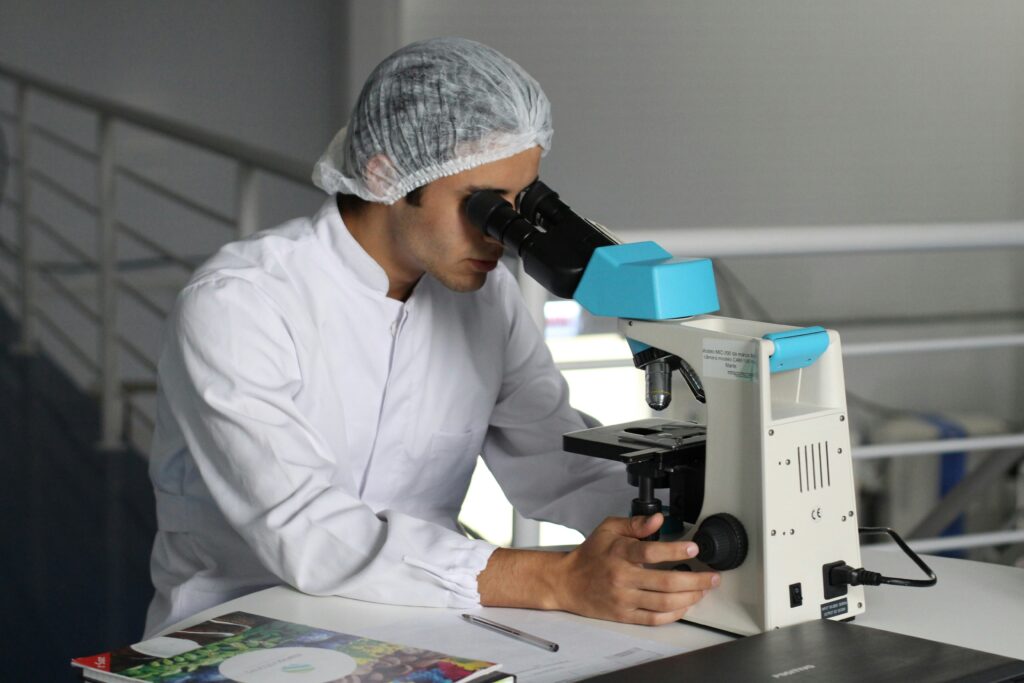
A new artificial intelligence (AI) tool to detect and classify brain tumours has been developed by Australian National University researchers.
The tool, DEPLOY, analyses tissue to look for chemical changes in DNA and allowing doctors to quickly and more accurately diagnose tumours.
ANU biomedical data scientist Dr Danh-Tai Hoang says the process uses a three-pong “deep learning” approach where data about diseased tissue, called histopathology, patient demographics and gene markers are fed into the computer.
He says that DEPLOY is able to classify tumours in the central nervous system with “unprecedented” 95 per cent accuracy.
“Our model was trained on a data set of approximately 1800 patients from a wide variety of medical centres across the United States and then tested on three independent data sets of about 2200 patients from Europe,” he says.
WA Data Science Innovation Hub director Alex Jenkins says accountability and transparency must be prioritised when using AI in medicine, particularly when tools are trained on patient data.
“We need to ensure that if the AI tool makes a mistake, we can’t blame the AI tool,” he says.
But Mr Jenkins says AI will “change the life of clinicians” who use AI to provide second opinions or triage less complex ailments.
“If the AI can save the radiologist a whole lot of time by quickly and clearly dealing with the really simple cases, so that the radiologist can spend more time on the complex cases, I think that’s where we need to be,” he says.
Dr Hoang says AI will only thrive in medicine if researchers share data to train new tools.
“We hope that our work will stimulate other people or other groups in this field, so they believe that AI can make or can contribute to the industry so that people will release data or share data for everyone,” Dr Hoang says.
